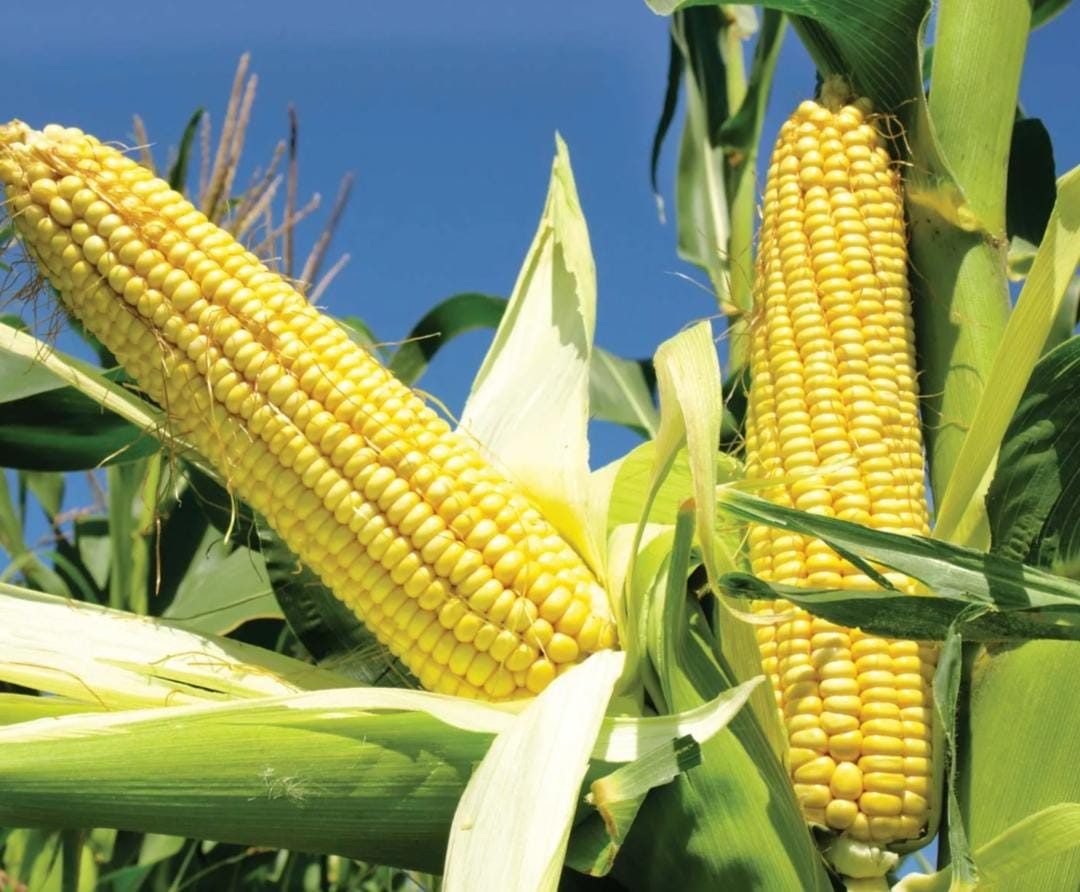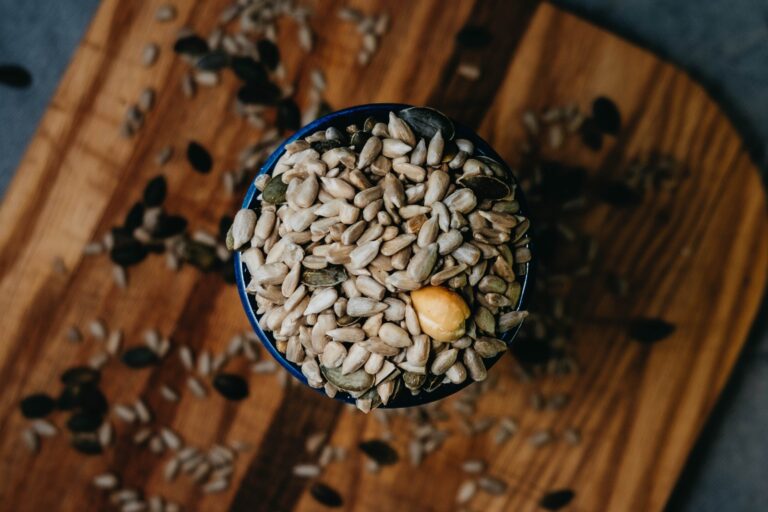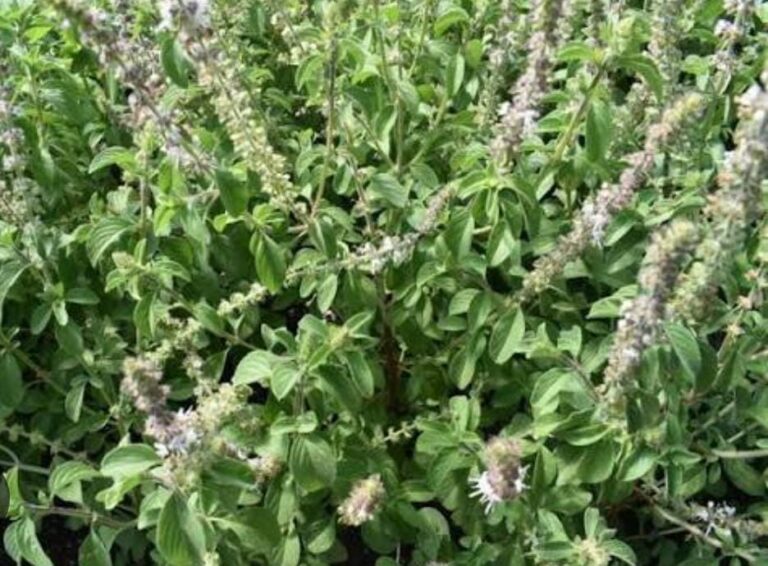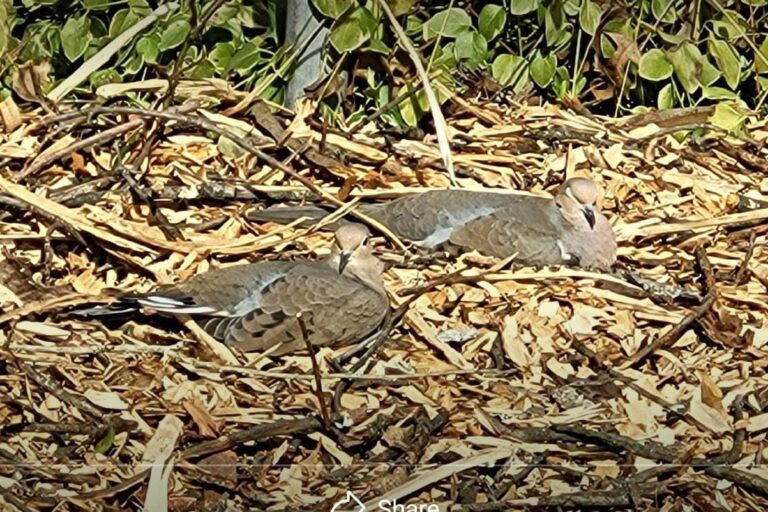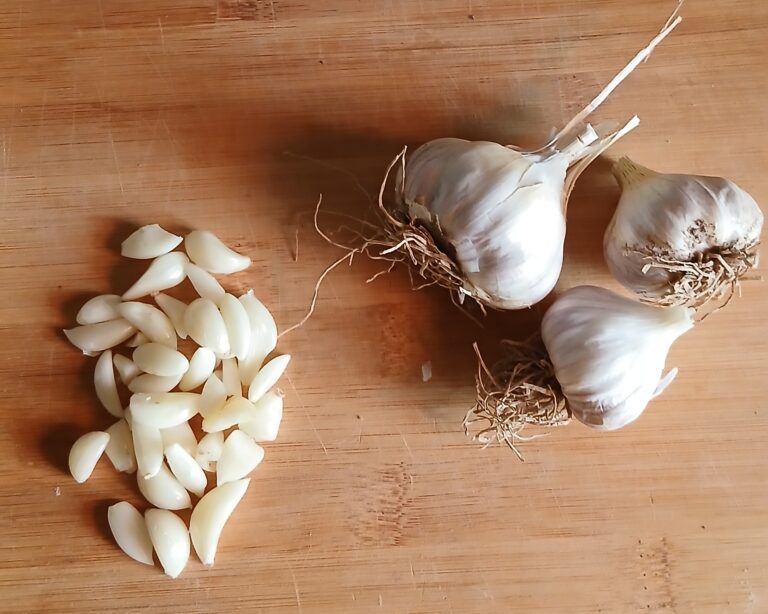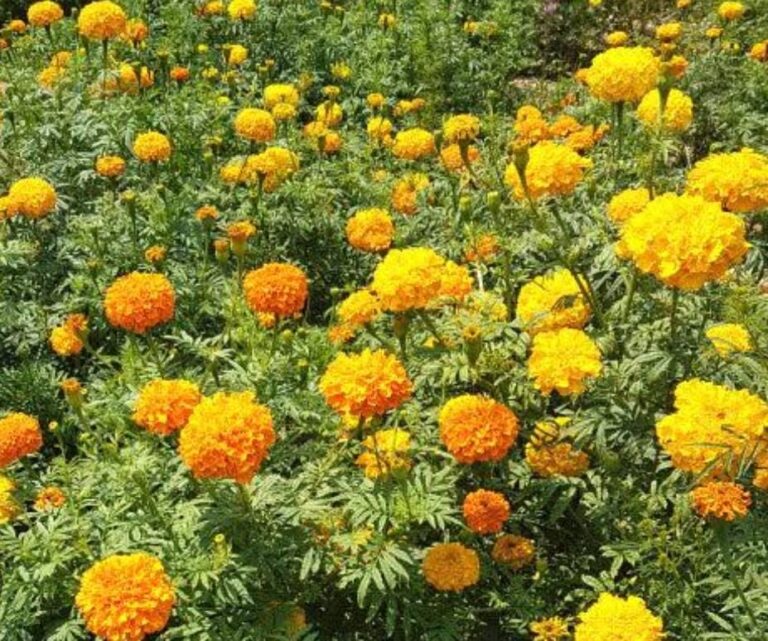Corn 101: The Remarkable Diversity of Golden Grain
Introduction
Corn, or Zea mays, is one of humanity’s most versatile and ancient crops. From golden fields of sweet corn to the vibrant kernels of flint and dent types, this crop has developed with civilizations. Archaeological evidence suggests that it was domesticated around 9,000 years ago in the Balsas River Valley of southern Mexico, when ancient farmers carefully selected a wild grass known as teosinte to produce modern maize. Today, it not only feeds billions but also powers sectors ranging from biodiesel to bioplastics.
Understanding the various types of corn reveals the complex connection between botany, genetics, and human society. Each type has distinct structural, chemical, and nutritional traits that influence how it is farmed, eaten, and appreciated. Let’s explore the intriguing world of corn varieties and their importance worldwide. We will examine these types in detail later in other blogs.
1. The Industrial Powerhouse — Dent (Zea mays indentata)
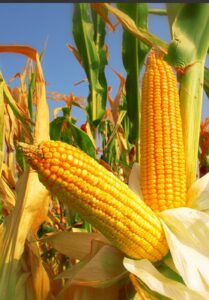
This variety, prominently found in the American Corn Belt, is easily identifiable by the small indentation that develops at the apex of each kernel as it dries. This distinctive feature not only sets it apart visually but also indicates its maturity. Its popularity in the region is largely attributed to its impressive yield potential, which significantly contributes to the agricultural economy. Furthermore, its remarkable adaptability allows it to thrive in a wide range of soil conditions, making it a versatile choice for farmers looking to optimize their harvests across various environments.
Scientific traits
- Kernels consist of a central soft starch and a hard starch layer on the edges. This unique blend is responsible for their dented shape, with the soft starch providing a tender consistency when cooked and the hard starch offering structural integrity. This balance influences both the cooking properties and flavor profile of the kernels.
- This yellow or white substance has moderate protein levels at about 9% and a high starch content of 70% to 75%. Its nutritional profile makes it a key ingredient in many culinary applications.
Primary uses
Dent corn, or field corn, is an important agricultural crop used to make products like cornmeal, tortillas, and corn syrup. Its high starch content is essential for industrial fermentation, enabling the production of sweeteners and biodegradable plastics as sustainable alternatives to petroleum. Additionally, this is a source of bioethanol, a renewable energy that helps reduce reliance on fossil fuels and greenhouse gas emissions. In summary, this type is crucial for food production and the development of eco-friendly materials and renewable energy solutions.
Agronomic importance:
The hybridization of crops in the 20th century significantly transformed global agricultural productivity. Modern hybrid varieties boast traits like disease resistance, rapid maturity, and higher kernel density, leading to increased yields and improved processing quality. These advancements have optimized food production, enhanced food security, and helped meet the demands of a growing population.
2. The Ancient Guardian of Hardiness — Flint (Zea mays indurata)
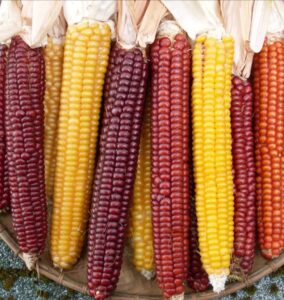
Flint corn, distinguished by its hard and glossy kernels that shine like polished stone, is one of the oldest varieties of this crop still in cultivation today. This ancient grain has a rich history, having been cultivated by Native American tribes for thousands of years before European contact. Its resilience and adaptability made it a staple in various indigenous diets, where it was used in a wide range of traditional dishes.
Unlike sweet corn, flint corn has a denser texture and lower moisture content, which contributes to its long shelf life and makes it ideal for grinding into flour or meal. Today, flint corn remains an essential component of agriculture in South America, where it is grown not only for consumption but also for use in cultural practices. Its vibrant colors and unique characteristics have led to a resurgence of interest in heirloom varieties, ensuring that this historical crop continues to play a significant role in both food systems and cultural heritage.
Scientific traits
- Kernels are protected by a tough outer shell that safeguards the soft endosperm inside. This hard layer helps prevent damage from pests and moisture, enhancing the kernel’s durability and ensuring the nutritious endosperm remains intact for germination or consumption.
- The subject features vibrant colors, including shades of blue, red, and orange. There are also stunning multicolored varieties known as “Indian corn,” which offer a beautiful mix of hues in each ear, enhancing any autumn display.
Geographical adaptation
Flint corn, known for its hard kernels and resilience, thrives in cooler climates, making it ideal for northern regions of the U.S., Canada, and parts of Europe. In South America, particularly in Argentina and Brazil, the variety known as maíz duro is culturally and nutritionally important, serving as a staple in dishes like tamales and polenta. Both flint type and maíz duro are vital for local diets and economies.
Uses
This crop, with its hard kernels and vibrant colors, is often ground into coarse meal for traditional foods like polenta and hominy. Its durable outer layer protects the inner kernels, making it resistant to spoilage. This quality allowed ancient communities to store significant amounts of food. During harsh winters, when fresh produce was scarce, it served as a reliable source of nutrition, sustaining these communities through tough times.
3. Popcorn (Zea mays everta) — The Explosive Snack with a Scientific Twist
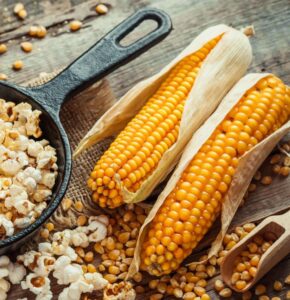
Popcorn is a unique variety of flint corn that has fascinated people for centuries with its remarkable popping ability. This special type of corn has a hard outer shell, or pericarp, that traps moisture within the kernel. Native Americans were the first to recognize this intriguing phenomenon. They discovered that when these kernels are subjected to heat, the moisture inside turns to steam, building up pressure until the kernel bursts open.
This explosive transformation creates fluffy, white edible clouds that are both light and delicious. The cultivation and enjoyment of popcorn have since evolved, becoming a popular snack enjoyed in countless flavors globally.
Scientific mechanism
- The true enchantment of this seed lies in its pericarp, the tough, moisture-impermeable outer layer that protects the kernel inside. The kernel contains a dense, starchy interior rich in energy and nutrients, essential for the seed’s survival and growth. Together, these features create a remarkable structure of nature.
- When heated to around 356°F (180°C), the moisture inside popcorn kernels turns into steam, creating pressure as the temperature rises. Once the pressure exceeds the strength of the tough outer shell, or pericarp, the kernel bursts open, turning inside out and resulting in the fluffy popcorn we enjoy.
Nutritional facts
Popcorn is a naturally whole-grain snack that is both gluten-free and packed with dietary fiber, making it an excellent choice for those seeking healthier snack options. When air-popped, popcorn contains negligible calories, especially when consumed without added butter or oils. This method of preparation helps preserve its nutritional value while keeping it light and crunchy.
Additionally, it is rich in polyphenol antioxidants, compounds known for promoting overall health by combating oxidative stress in the body. These characteristics make it not only a satisfying treat but also a nutritious addition to your snack repertoire.
Varietal diversity
Modern breeding techniques have created a variety of popcorn strains, each with distinct features like expansion ratios, hull thickness, and flavors. The expansion ratio affects how large the kernels puff, while hull thickness influences texture—thinner hulls yield a tender bite, and thicker hulls add crunch. Heirloom strains, notable for their vibrant colors (white, yellow, and blue), not only look appealing but also offer richer flavors than commercial varieties, making them popular among gourmet popcorn lovers.
4. Sweet Corn (Zea mays saccharata or Zea mays rugosa) — Nature’s Sugary Delight
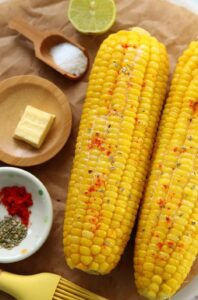
Sweet corn, often regarded as a staple among home gardeners and a favorite among consumers, is distinguished by a unique genetic mutation. This mutation effectively slows down the process by which sugars in the kernels are converted into starch. As a result, the kernels retain a delightful juiciness and remarkable sweetness, setting sweet corn apart from other types of corn. This quality makes it ideal for fresh consumption, whether eaten straight off the cob, grilled, or added to a variety of dishes. The sweetness of the kernels is a major draw for both home cooking and commercial applications, ensuring their popularity in gardens and markets alike.
Scientific background
- The su1 gene (sugary1) is vital for plant sweetness as it regulates sugar synthesis and accumulation. The sh2 gene (shrunken2) influences sugar levels by affecting starch storage and conversion, impacting sweetness. The se gene (sugar-enhanced) boosts sweetness by promoting sugar retention. Together, these genes interact to control sweetness levels in crops, influencing their flavor and market appeal.
- The sweet variety differs from dent and flint corn in harvesting practices and taste. It is picked while the kernels are immature, which helps preserve its natural sweetness and tenderness. The plump, juicy kernels provide a delightful burst of flavor, making sweet corn a popular choice for fresh summer consumption.
Culinary appeal
Whether boiled, grilled, or roasted, it has become a beloved summer treat enjoyed globally. Its natural sweetness, a result of high sugar content, begins to diminish shortly after it’s harvested, which is why corn sourced from local farms often delivers a fresher and more flavorful experience. Eating corn soon after it is picked not only enhances its taste but also ensures that you benefit from its vibrant texture and nutritional value. During the summer months, local farmers’ markets often feature an array of varieties, each promising a unique flavor profile that can elevate any meal or summer gathering.
Agricultural aspect
Sweet corn is prized for its flavor and texture, requiring specific growing conditions for optimal quality. It thrives in well-drained soils to prevent waterlogging and needs consistent moisture throughout the growing season to avoid stress. Many sweet corn varieties are hybridized to enhance sweetness, improve disease resistance, and meet market demands for uniformity and resilience against pests, resulting in a more reliable crop.
5. Flour Corn (Zea mays amylacea) — The Baker’s Ally
Flour corn, also known as maize, features soft and starchy kernels that are easily ground into a fine powder, making it an ideal ingredient for a variety of baked products and traditional tortillas. This type of corn has a unique texture that allows for a smooth and consistent flour consistency, which is essential in achieving the desired results in baking and cooking.
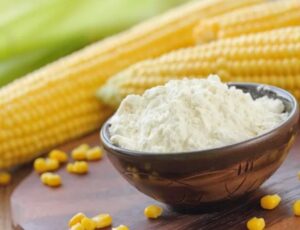
Historically, it played a pivotal role in the diets of ancient civilizations, particularly the Aztecs and Incas. For these cultures, it was not just a staple food source but also a fundamental element of their agricultural practices, social structures, and culinary traditions. The cultivation and use of flour corn contributed to the development of complex recipes and dishes that are still celebrated in many regions of Mexico and South America today.
Scientific traits
- The kernels are primarily composed of soft starch, specifically amylopectin, which contributes to their distinctive dull and powdery texture. This composition results in a grainy mouthfeel that is soft and slightly delicate, making it ideal for various culinary applications. The high amylopectin content also affects cooking properties, leading to a tender consistency when prepared, which can enhance the overall eating experience.
- The absence of a hard endosperm facilitates a straightforward milling process, enabling the grains to be ground into flour or meal without the need for specialized industrial machinery. This characteristic allows for a more accessible and efficient milling experience, making it suitable for smaller-scale operations or even home use.
Uses
This variety is essential in Latin American cuisines, featured in dishes like arepas and tamales. Arepas are versatile cornmeal cakes that can be filled with various ingredients, while tamales, made from masa harina, are typically filled with meats or vegetables and wrapped in corn husks before steaming. Artisan bakers also value flour corn for its creamy texture and unique flavor, enhancing both traditional and modern recipes, especially in corn-based breads.
Nutritional benefits
Flour corn, rich in carbohydrates and essential amino acids, plays a crucial role in providing energy and nourishment, particularly in areas where access to wheat is limited. Its high carbohydrate content makes it an excellent source of energy for diverse dietary needs, while the essential amino acids it contains contribute to the body’s overall protein requirements. This makes it an invaluable staple crop in various regions, supporting local food security and offering a vital alternative for communities relying on grains for their sustenance. Its adaptability and nutritional benefits ensure that it remains a significant food source in many cultures around the world.
6. Pod Corn (Zea mays tunicata) — The Genetic Mystery
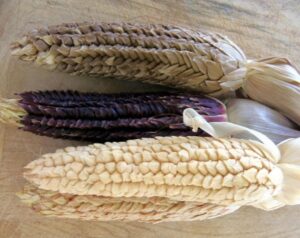
Pod corn, although it lacks significant commercial value, provides intriguing insights into the evolutionary history of maize. Each kernel is encased in its own husk-like structure, a unique feature that results from specific mutations in genetic regulatory pathways. These mutations alter the development of the kernel, leading to the formation of a protective husk around each one. Studying this crop not only enhances our understanding of maize genetics but also sheds light on the evolutionary adaptations that have occurred over time, revealing the complexities of plant development and diversity.
Scientific insight
- The “tunicating” gene has been found to reactivate an ancestral trait from wild grasses, influencing the development of specific plant structures. This suggests a connection between modern cultivated plants and their wild ancestors, highlighting the complex genetics behind plant growth and adaptation..
- Genetic studies are essential for understanding the selective breeding of modern corn varieties. Researchers analyze the genetic makeup of different strains to reveal how breeding practices have enhanced traits like yield, pest resistance, and adaptability. This knowledge illuminates agricultural advancements and informs future breeding strategies for food security and sustainability.
Cultural note
The pod corn is sometimes included in ornamental plant collections due to its unique and fascinating structure. This rare variety features a distinct morphological appearance, characterized by its kernels being enclosed within leafy husks, resembling small pods. Its unusual characteristics not only make it visually striking but also serve as a living testament to the evolutionary history of corn. By examining this crop, one can gain insights into the genetic diversity and adaptations of maize over time, highlighting its significance in both agricultural and botanical studies.
Genetic Diversity and Hybridization
Corn’s genetic versatility is astounding. Its genome has over 30,000 genes, more than humans, and varies significantly between varieties. This genetic diversity allows breeders to create hybrids with desired features including as drought resistance, nutritional efficiency, and kernel quality.
Hybrid corn revolution
The hybrid one was introduced in the 1930s, doubling yields in many parts of the world. Scientists created heterozygous hybrids by crossing two inbred lines, giving them greater vigor and productivity than either parent.
Genomic innovation
Recent advances in CRISPR and marker-assisted breeding have enabled precise alterations in genes responsible for starch composition, insect resistance, and nutrient intake. These advancements promote food security in a changing climate.
Cultural and Regional Varieties
Aside from the six basic scientific types, hundreds of regional and heirloom variations exist, each tailored to local habitats and cuisines.
Examples include:
- Blue Hopi maize (U.S.) is highly tinted with anthocyanins and used in ceremonial dishes.
- Choclo (Peru) – big, chewy kernels popular in Andean recipes.
- White maize (Africa) – a staple in ugali and sadza, with a mild flavor and high starch.
- Glass Gem corn (Oklahoma) is famed for its rainbow-colored kernels, which represent biodiversity and indigenous history.
These types preserve cultural identity while retaining the genetic diversity required for future breeding initiatives.
Agronomic Adaptations Across Climates
Corn’s global prosperity stems from its versatility.
- Tropical locations provide fast-maturing flint and flour cultivars that are resistant to heat and humidity.
- Temperate climates like dent and sweet corn with long growing seasons.
- High-altitude Andes cultivate cold-resistant flour corn that thrives in thin air and short days.
Breeding programs are constantly investigating these modifications to expand corn farming into marginal lands, hence improving food resilience under climate stress.
Nutritional Composition and Human Health
Though often seen as a simple starch source, it provides a balanced nutrient profile when properly processed.
Per 100 grams (raw):
- Carbohydrates: ~74 g
- Protein: ~9 g
- Fat: ~4.7 g
- Fiber: ~7 g
- Vitamins: B1, B5, folate
- Minerals: magnesium, phosphorus, zinc
Phytochemical compounds
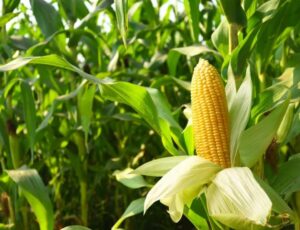
Colored maize, particularly blue, red, and purple types, include anthocyanins and carotenoids, which function as antioxidants to prevent oxidative stress. Yellow maize contains lutein and zeaxanthin, which support eye health and reduces the risk of macular degeneration.
Traditional treatments like as nixtamalization (soaking kernels in limewater) improve nutritional absorption by releasing bound niacin and increasing protein digestion. This old procedure, still employed in Mexico, exemplifies the convergence of science and indigenous wisdom.
Industrial and Ecological Roles
The utility of this marvelous crop goes far beyond eating. Its starch and oil derivatives are the foundation of many enterprises.
- Its ethanol makes up more than 40% of corn consumption in the United States. Fermentation transforms starch into ethanol, which reduces reliance on fossil fuels and lowers greenhouse gas emissions
- Bioplastics: Compostable packaging made of polylactic acid (PLA) from maize starch aligns agriculture with sustainability goals
- Corn-based feed boosts worldwide livestock production and efficiently converts solar energy into animal protein
- The wastes used as mulch can improve water retention and microbial activity in regenerative agriculture systems, contributing to soil conservation.
Sustainability and Biotechnology
As the global population approaches 10 billion, sustainable maize planting is critical. Scientists are focused on:
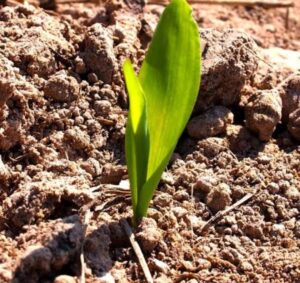
- Drought-tolerant hybrids require less water
- Nitrogen-efficient types will help to reduce the need for fertilizer
- To counteract malnutrition, biofortified enhanced with vitamins A, zinc, and iron.
Emerging research on microbiome interactions is particularly promising—symbiotic soil bacteria naturally improve the resistance of this crop and nutrient uptake, potentially lowering the need for chemical inputs.
Conclusion
The evolution of this wonderful tiny seed from wild grass to global powerhouse exemplifies human ingenuity. Each type—dent, flint, popcorn, sweet, flour, and pod—tells a tale about evolution, science, and cultural legacy. It shows how biodiversity sustains civilization by powering companies, feeding nations, and beautifying fields with brilliant colors.
Understanding its diversity reminds us that every kernel has the essence of evolution, history, and promise for a resilient future as we strive for sustainable agriculture and mindful consumption.

